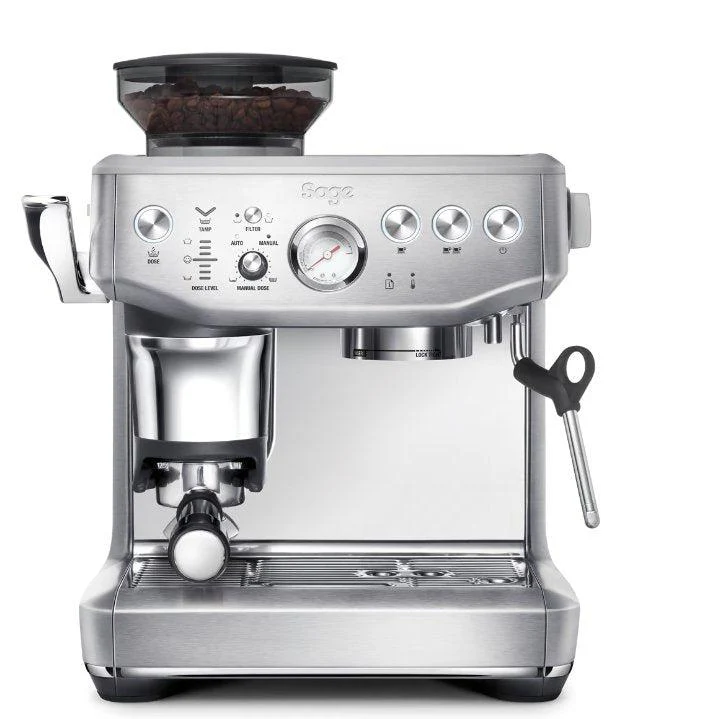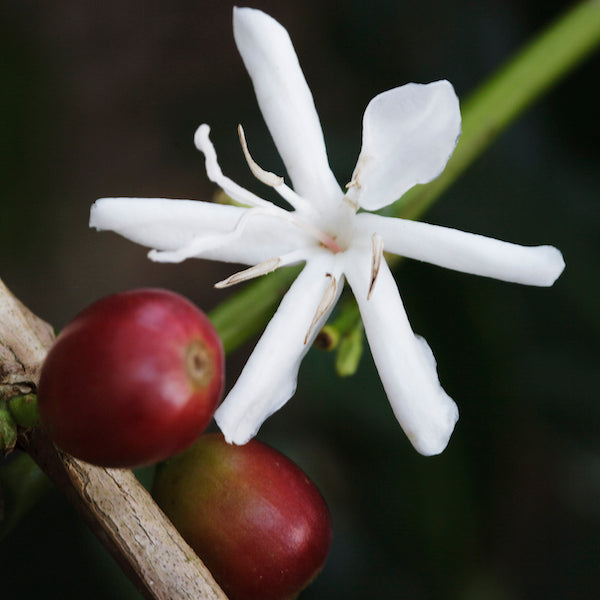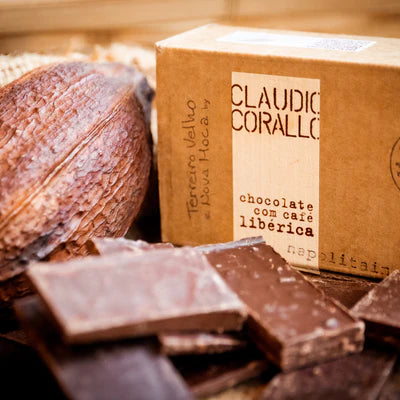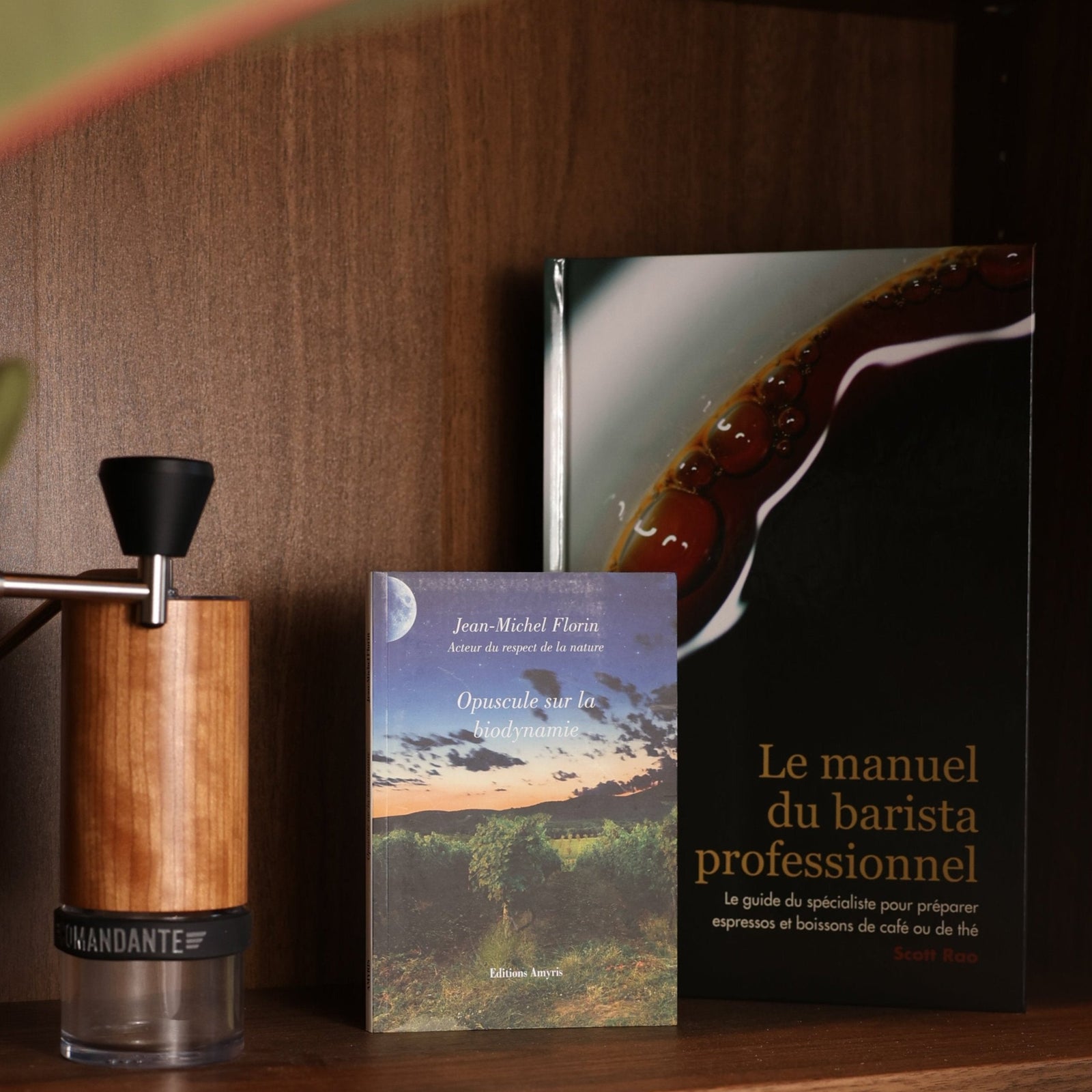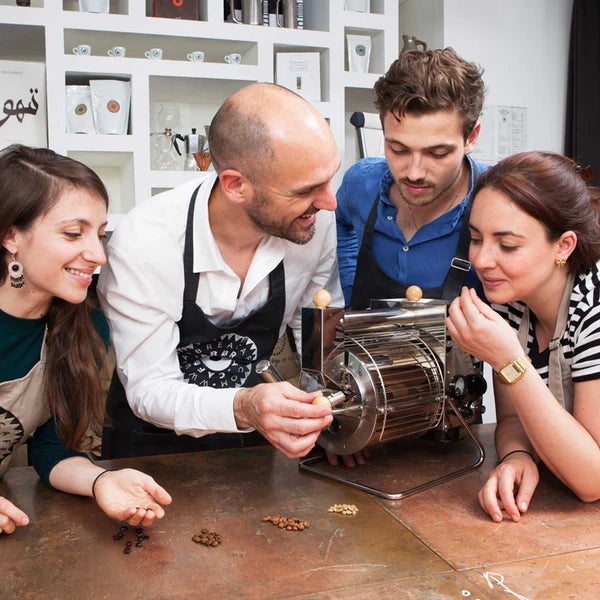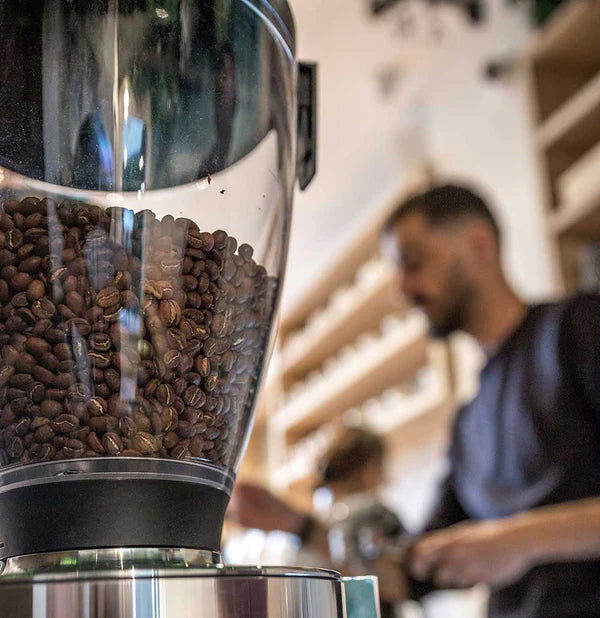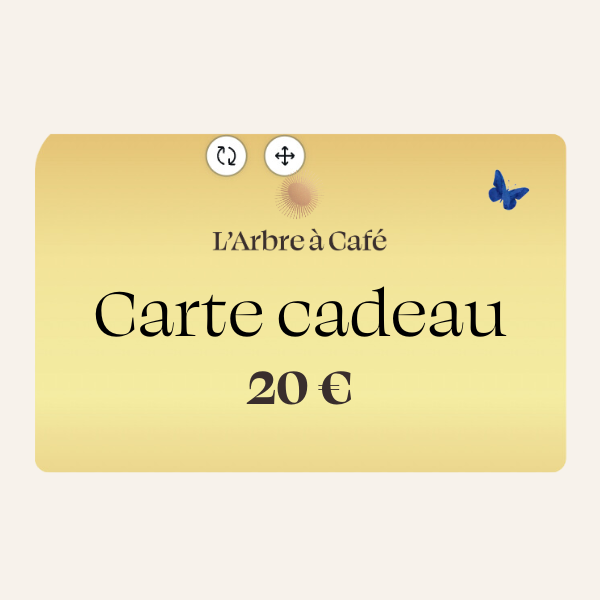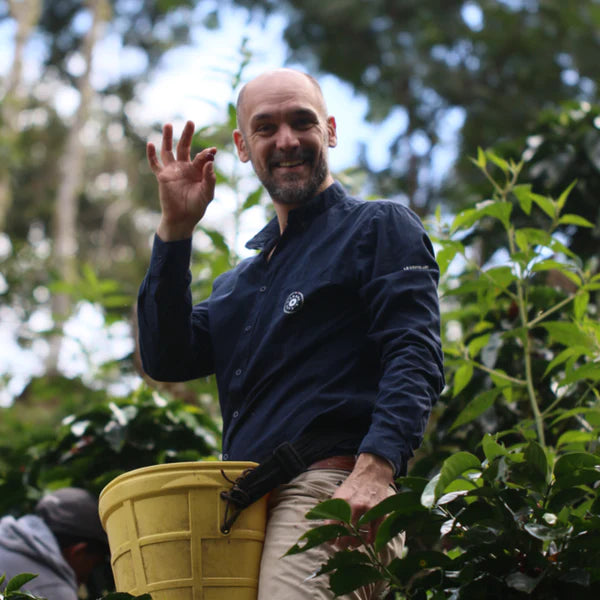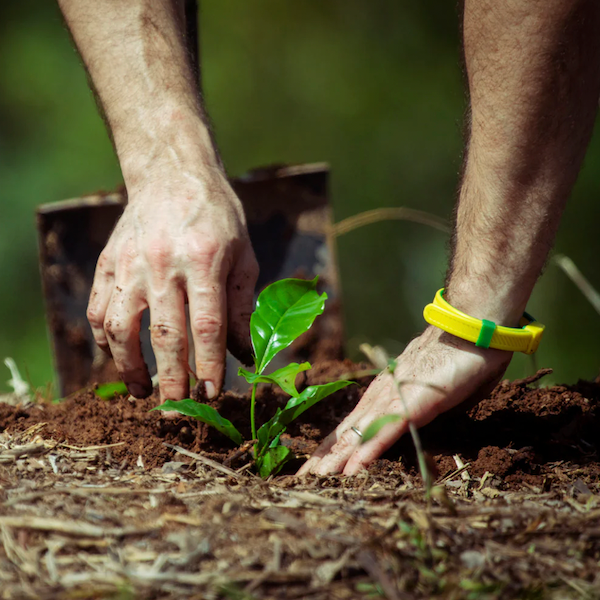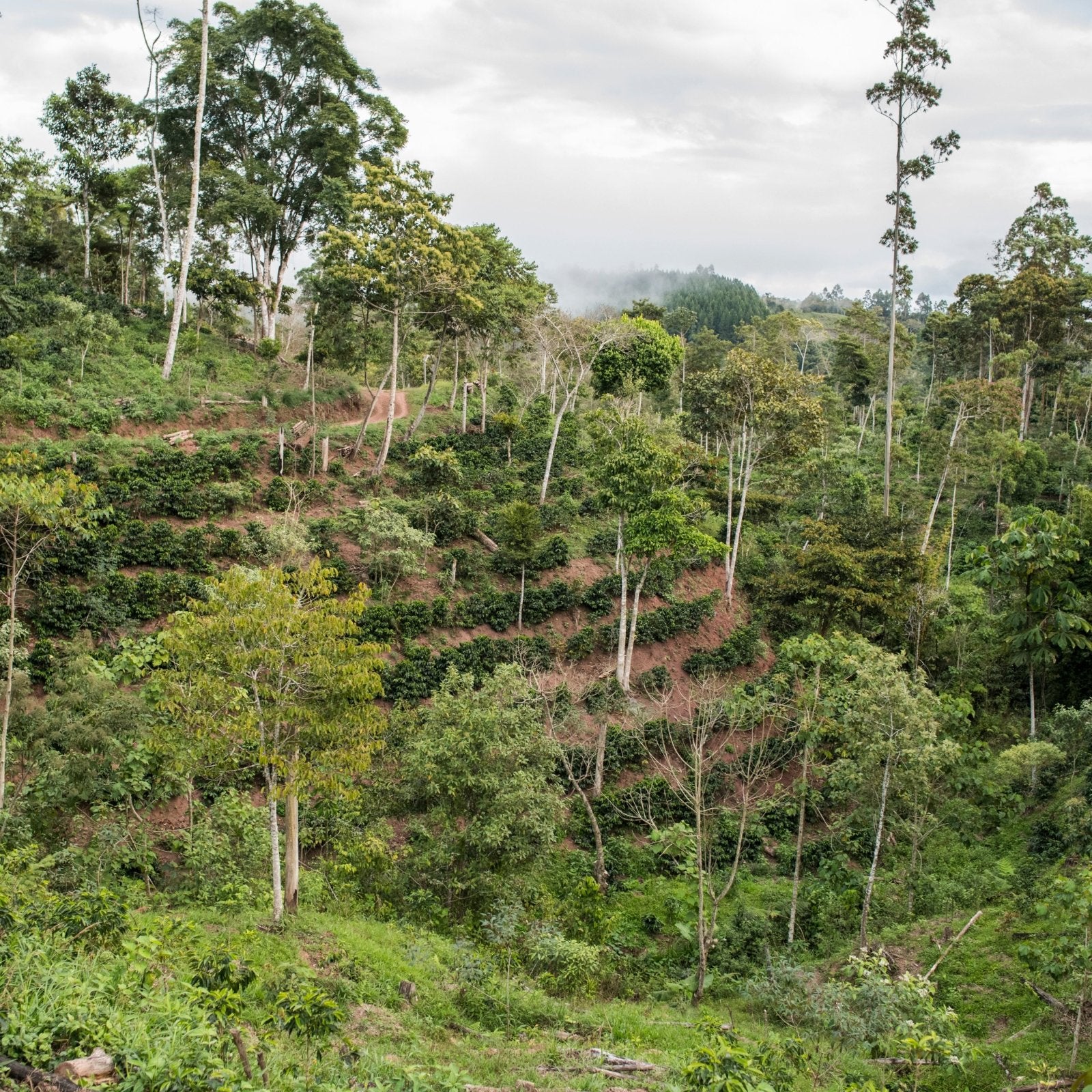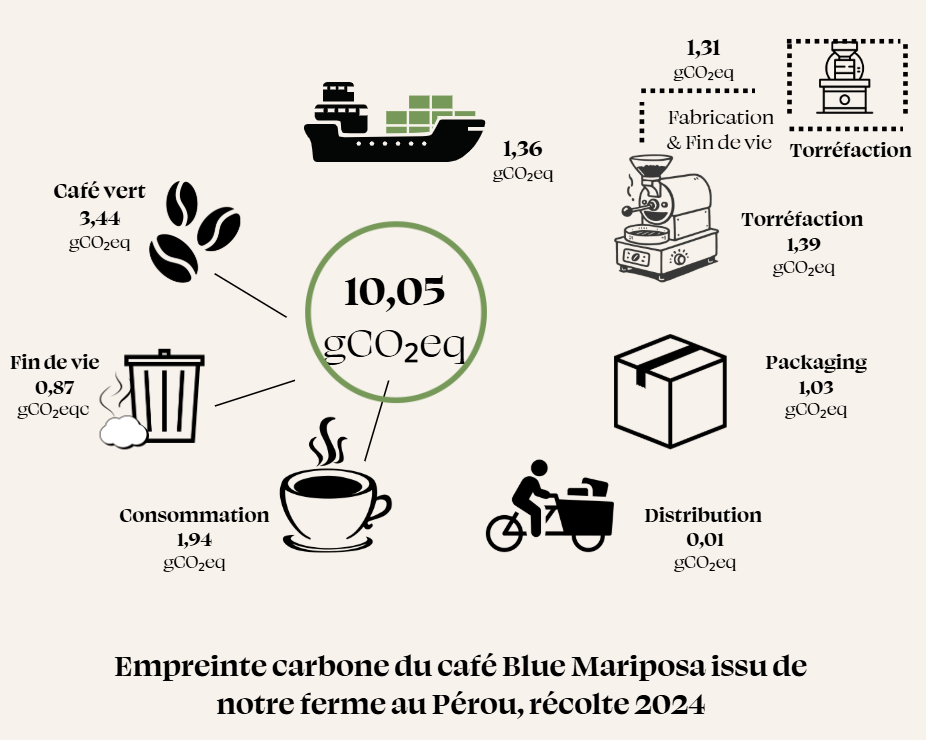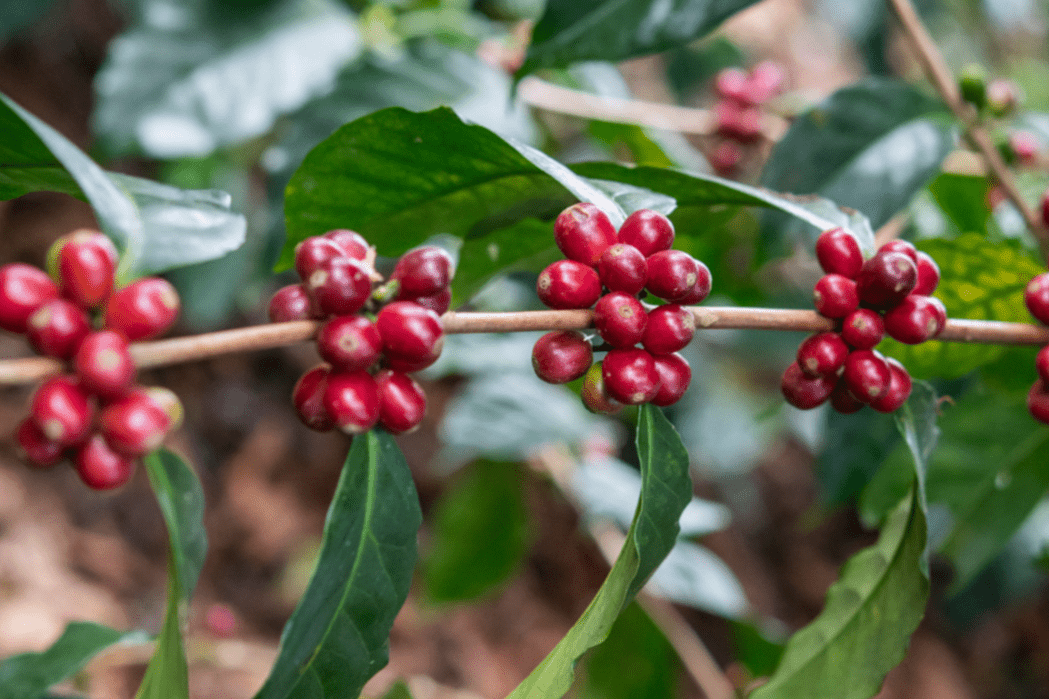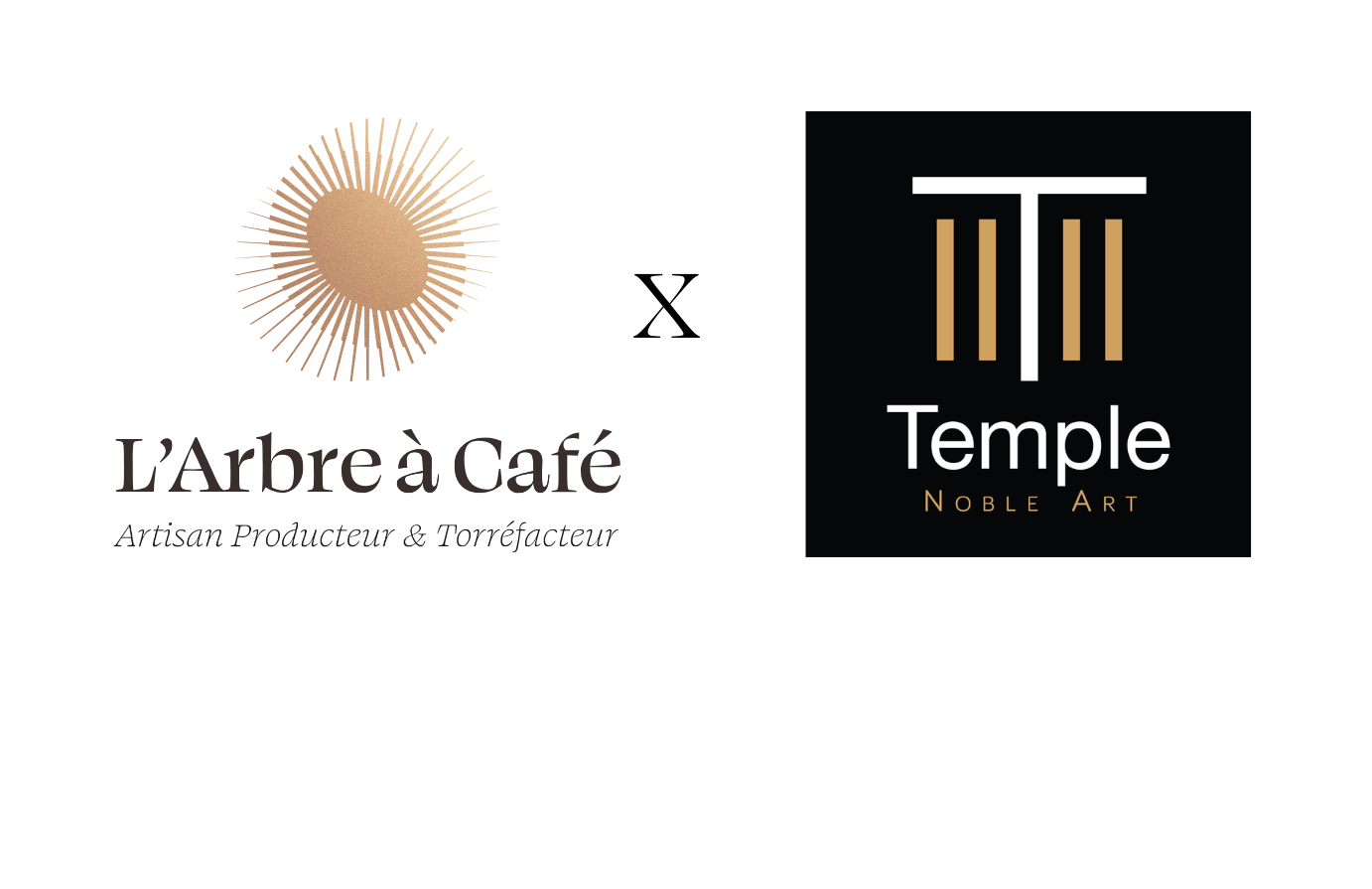Arabica is the species of coffee or Coffea the most cultivated and consumed in the world.
It appeared in Ethiopia and was diffused in the world by the Dutch and the French from the end of the XVIIth century. It is recognized for its aromatic richness, its smoothness, and its low caffeine content. It has the double of chromosomes that the other species ofCoffea (44 versus 22), and grows in altitude at average temperatures of 18 to 25°C. It is declined in more than one hundred varieties, and thousands of ascensions.
It is often contrasted with Robusta because thewestern mind likesdualism, and thereforeto confront things and to reduce reality to two options. The reality is much happier than the opposition, especially because Arabica is the son of Robusta/Canephora. To go further on the subject, we have created a practical guide that explains in detail the differences between Robusta and Arabica.
Since Aristotle at least, Western man has liked to classify living things and to order the kingdoms, in order to better name and know them. He does this in a tree-like way, starting from the general and going to the particular. In botany, there are families, which are declined in different genera, which themselves are declined in different species, which themselves are constituted of varieties, which in their turn are declined in ascensions or populations etc...
This logic is very familiar to us in the animal world. In the mammals, you have the Quadrupeds. Among the quadrupeds, the Equidae, and among the Equidae, the Donkeys, the Horses and the Zebras, in the Horses, all the breeds such as the Percheron, the Beauceron etc...
For the vine, it is the same thing. The Vitis group together all the vines like the Virginia creeper, but also the vines that give grapes: the Vitis Vinifera. The latter are declined in grape varieties like Pinot, which itself is declined in sub-varieties or ascensions: Pinot Noir, Meunier, Blanc, Gris... which in turn are declined in local ascensions like Pinot Fin etc...
In the coffee shop, it's the same thing, even if we are less familiar with it.
Family = Rubiaceae > genus = Coffea > species = 125 (listed) of which the best known, because the most cultivated, are: Arabica (58%), Canephora (39%), Excelsa (1%), Liberica (1%).... > varieties: for Arabicas: Bourbon, Typica, Laurina, Geisha .... > ascensions or variations: Geisha Bronze, Geisha Green ....
Finally, in the Arabicas, we are used to thinking of varieties according to their paternity and their "purity", according to 4 categories:
Ethiopian varieties or ascensions: there are more than 5000 of them, often indicated under the term: "Heirloom" or "Indigenous", and under their name when they are taken out of their national cradle like the Geisha or the Java.
the two varieties that populated the Coffee Belt: Typica and Bourbon
mutants or natural hydrides from Typica and Bourbon: Laurina, Caturra, Maragogype, Pacamara, Catuai, Villa Sarchi, Blue Mountain, Kona ....
interspecific hybrids created by growing Canephora and Arabica (Hybrido do Timor): Catimor, Sachimor, Iapar, Colombia, Castillo, Parainema ....
non-fertile hybrids: H3 in particular
The Arabica family is therefore very large and diverse, and especially reserves many surprises. The same variety will express itself in a very different way depending on the terroir. Thus the Parainema, hybrid variety of Honduras, appears exceptional in Santa Barbara whereas in low altitude, it is not. It is the same of Castillo, Iapar or Colombia. It is what we call the terroir effect.
To help guide you through this multiplicity, do not hesitate to consult our practical guide that will help you choose the best coffee according to your tastes.

